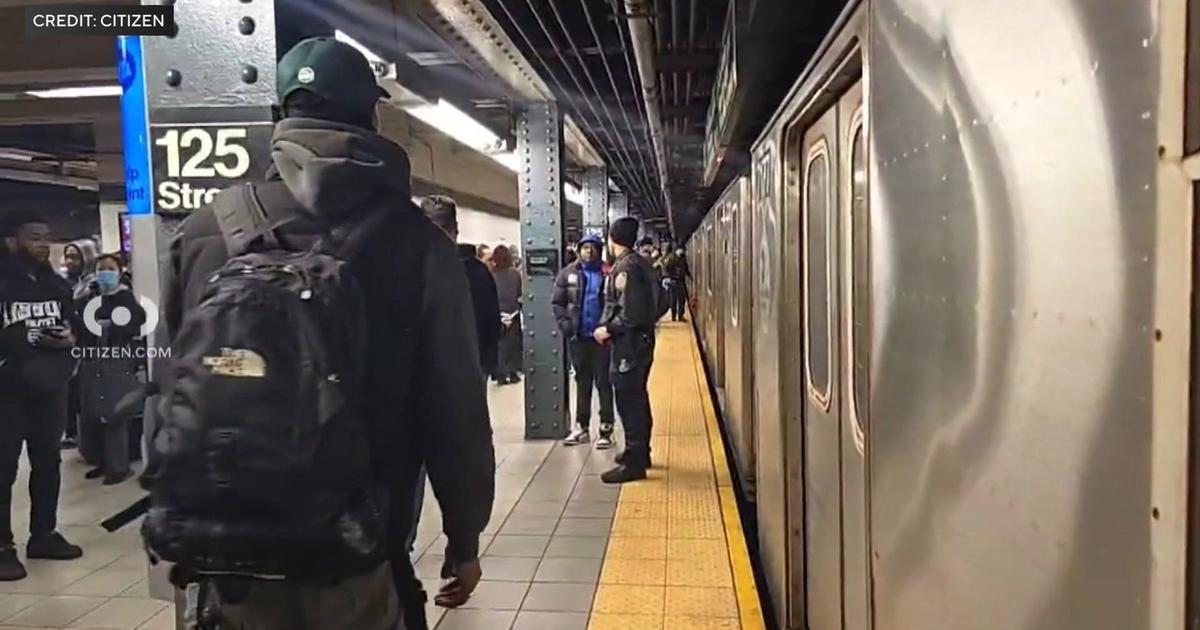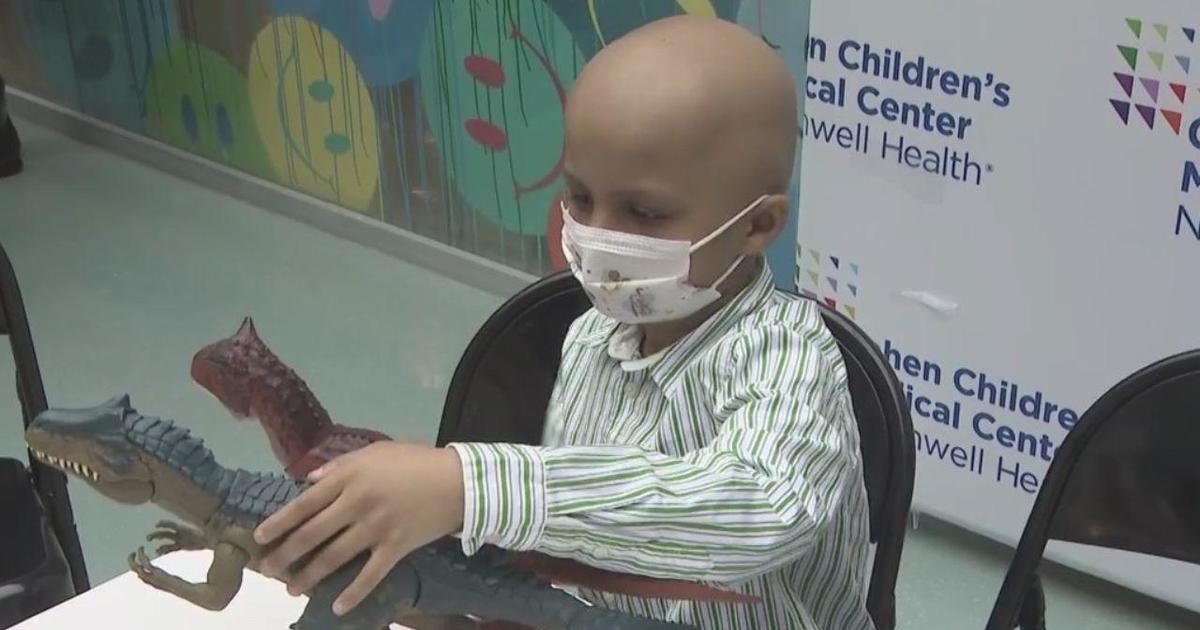HealthWatch: Reconstructive Breast Surgery
NEW YORK (CBS 2) -- Breast reconstruction can restore a woman's natural appearance after mastectomy, but sometimes complications arise after reconstruction. CBS 2HD's Dr. Max Gomez reports with word of a new device that's helping prevent such problems.
The complication is when the skin over the reconstructed breast starts to die off because it's not getting enough blood flow. It happens in as many as one in every seven or eight reconstructions and it can mean a return trip to the OR and all sorts of other issues.
Now there's a device that can help surgeon's predict when skin may die off after surgery and prevent that nasty complication.
"I had my annual mammogram. Some cells came back questionable. My doctor said 'let's go and see what that's about' and so I had the biopsy," said breast cancer patient Patti Loukides.
It's an all too common story and for her, those cells were cancer. But there was more. "The MRI showed a second arius. I wasn't a candidate for a lumpectomy. I had to undergo a masectomy."
Patti actually opted for a double mastectomy so she wouldn't have to worry about later developing cancer in her other breast.
Modern surgical techniques usually take just the breast tissue, leaving the skin and nipple for better cosmetic results with reconstruction.
The trouble is, "when you remove the internal breast tissue we also cut some of the blood supply to that overlying skin, so the skin may not survive. Without blood the tissue doesn't survive," said Dr. Negin Griffith of Riverview Medical Center.
It may take a couple days before the skin with inadequate blood supply starts to die off, leading to an open wound and worse.
"It can lead to infection. It can also lead to the loss of the reconstruction if it exposes the tissue expander or the implant that's lying underneath it," said Griffith.
And it's not always obvious to the naked eye in the operating room which areas of skin aren't getting enough blood, but now there's a new device called the spy system that helps surgeons actually see blood flow.
A special dye is injected during surgery which is activated by a laser and captured by a special camera. "The areas that are lit up we know have a good blood supply and the areas that are darker we know don't have a great blood supply," said Griffith.
It worked well for Patti, which meant no return trip to the OR and, more importantly, meant she was able to make it to her son's wedding this summer.
"I feel great, no complications , no set backs, so it's been great," she said.
The spy system is useful for more than breast surgery. It's FDA-approved to detect good blood flow in other plastic and reconstructive surgery as well as in heart bypass, microsurgery and even organ transplants.
So what can doctors do if the skin that doesn't have enough blood supply and starts to die? In many cases, it's a manageable problem, but it takes another trip to the operating room to remove the dead tissue, and then try to fill in the defect with nearby skin.
If the tissue that starts to die off is a large transposed piece or an organ, insufficient blood supply can be a disaster. So knowing that during the original procedure can prevent all sorts of problems.



